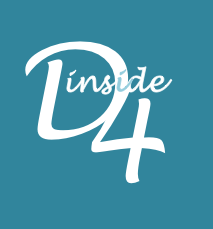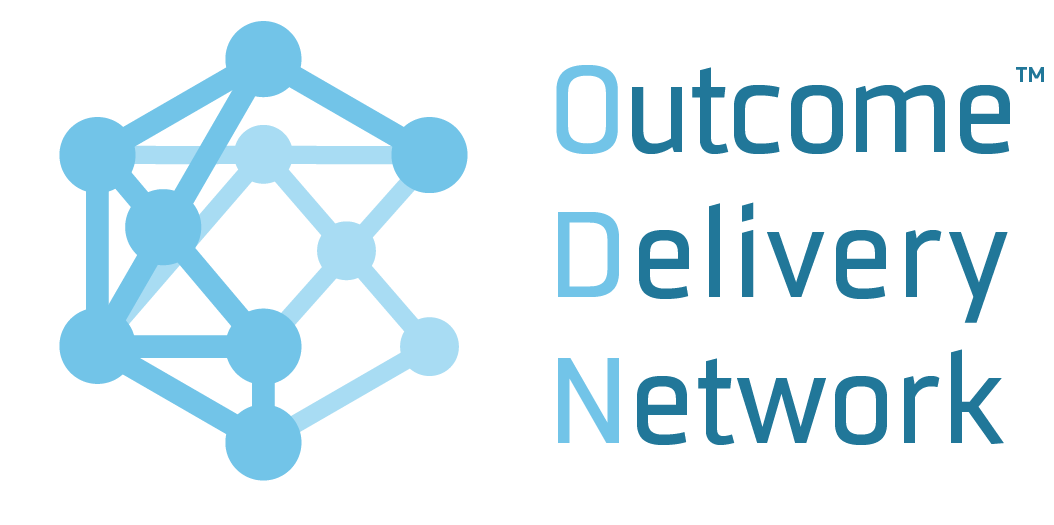What does Assured Outcome Delivery (AOD) do?
AODTM provides innovative tools and techniques in Change Leadership and Achieving Desired Outcomes
AOD was developed specifically to address change delivery
shortcomings of traditional approaches … it's a game changer with a range of innovations across our toolset
Can you afford NOT to use the game changing approach to benefits realisation?
- Assured Outcome Delivery is a new generation of thinking in delivering change successfully. It is a further development on the proven approaches in Isochron’s Dimension 4 method
- D4 thinking started with research in 1989 and was developed in practical casework throughout the 1990s. It has been applied in organisations in the private and in the public sector since 2002 with remarkable results
- So what’s different about AOD? It’s based on thinking backwards from a successful future and starting off by creating a compelling word picture of desired changes that are articulated consistently at board level and delivered confidently by the business using our innovative, yet pragmatic, tools and techniques
- AOD combines many threads of science to understand why many change efforts fail to live up to expectations. It has practical explanations of what to do to make change happen with a pragmatic toolset and new change management techniques and clear instructions on how to implement it successfully. It includes explanations of why this new approach has worked in many other organisations
- AOD was developed to address the circumstances we have observed in big 4 and wider consulting careers, where change was delivered sub-optimally in many organisations. We developed AOD as a tool that works in Change Leadership at the Board level and in Change Management at the programme level
Assured Outcome Delivery (AODTM) is a:
Repeatable capability to agree outcomes in a way which is:
- Consensual and buys in top management from the Non-Exec Board to Level 2
- Able to describe all outcomes, both qualitative ones and those that can be measured quantitatively:
- Can be measured absolutely (in binary terms), and is:
- Tangible and personal to customers, investors and staff alike
- Re-usable as a single-source common script for all varieties of communication
- Sufficiently granular to be cross-referenced to value drivers and the Chart of Accounts, and is:
- Binary enough to be added to Level 3 Managers’ Performance Objectives
- Indisputable enough to be used as a basis for recognition and reward
- Witnessable by those who have paid for them
Repeatable capability to manage human and communal behavioural change in a way which is:
- Connected with the vision and outcomes at all times
- Able to re-use a single-source common script for vivid and repeated communications through multiple channels
Based on:
- How change has happened historically – communicators, sticky messages, change of context
- Cognitive Behavioural Psychology applied to communities
- Systems Theory and Causation Theory
- Able to use the input of cynics and sceptics of change to find and address the devils in the detail
- Procedurally able to convert cynics and sceptics into supporters and leaders of change
Repeatable capability to drive out extended cash benefits in a way which is:
- Systematic and buys Finance into the Programme
- Rooted in the organisation’s value drivers and Chart of Accounts
- Procedurally derived from the qualitative benefits
- Sufficiently granular to be cross-referenced to the outcomes
Repeatable capability to estimate cash benefits and re-estimate costs in a way which is:
- Challengeable and auditable by Finance
- Encourages and enables meeting Treasury Green Book requirements
- Systematically realistic and free of bias and double-counting
- Trackable to achievement of outcomes
- Re-usable in the management of risks
- An evaluator and facilitator of agile re-planning
- A basis for securing Return On Investment
Repeatable capability to make and manage a plan in a way which is:
- Committed to and rooted in the outcome of the programme instead of in its budget or its process.
- Able to show which of current commitments should be invested in and which should be cut, and why together with costs, savings and benefits.
- Dynamically able to route and re-route backwards from the outcome to find and re-find the minimum necessary path.

